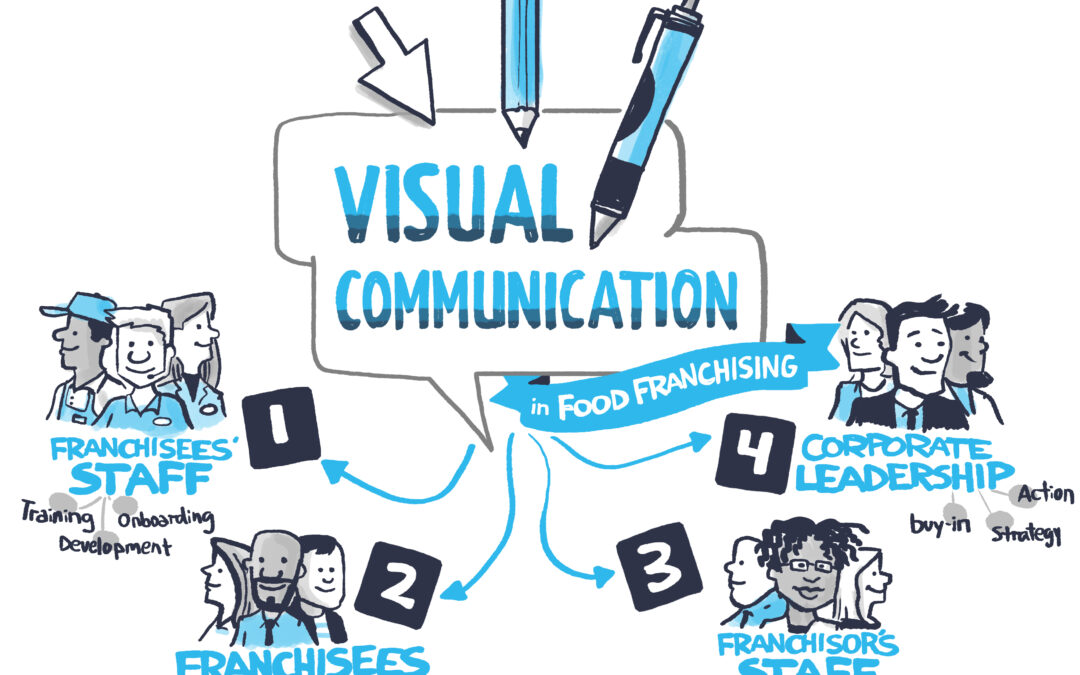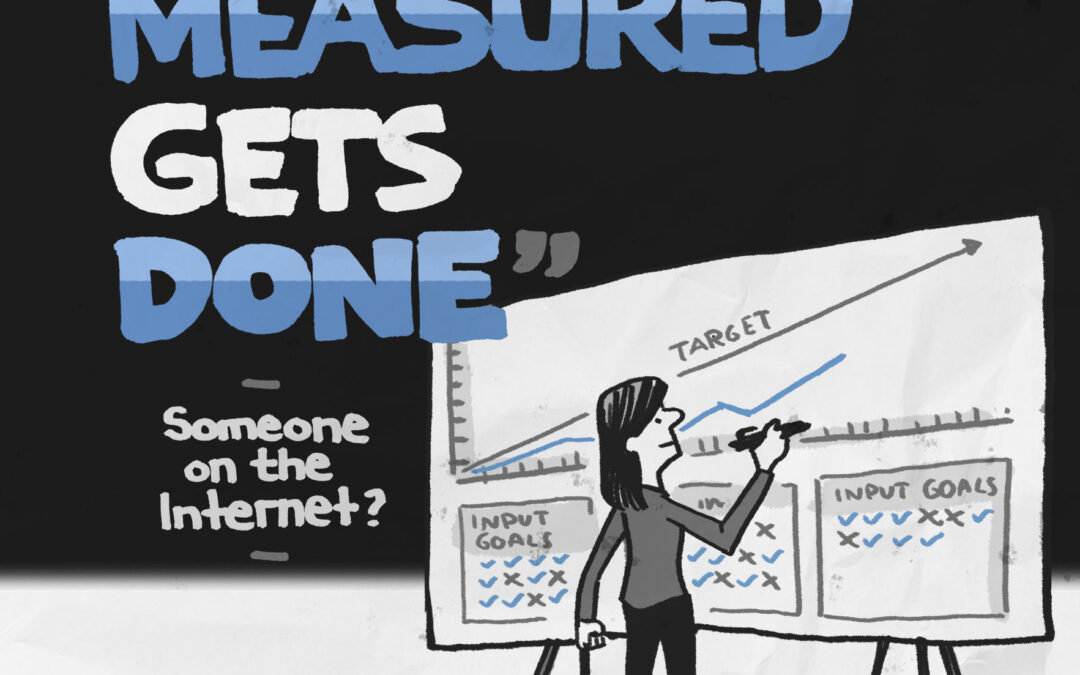There are at least two times that my peer community saved my business.
In 2013, after leaving my job to start my creative business, I found myself hopelessly alone. After years of working with a team, under a boss, and for a company, I was suddenly working all by myself.
Although the freedom was thrilling at first, soon the loneliness became crippling. My business began to stagnate, because I was stagnant. I remember some days where I would sit in front of my computer and watch stupid YouTube videos for hours and hours, wasting time, neglecting my work, and feeling miserable.
Then, I joined a peer community group. I had heard about Atlanta’s Plywood People before…they were a local organization that supported start-ups with resources, events, mentorship and…community groups. I was told about a new group called “Layers” and decided to give it a shot.
The local legend Jeff Shinabarger was our group leader. Around the table were 5 to 7 folks who ran small but growing businesses (some creative, some not). We met monthly at the original Plywood People office in Atlanta’s Cabbagetown neighborhood. We ate chicken biscuits, drank coffee, and discussed our businesses. We worked on our business and we worked on ourselves. We grew and our businesses grew.
To be honest, I probably would have given up on being an entrepreneur if it hadn’t been for that group. That was the first time this community saved my business.
Now, the second time my peer community group saved my business was far more tactical.
After years of doing my business relatively the same way, Jeff suggested I try something different. “Have you ever thought about doing your sketching remotely, like through a computer screen?”
For context, my business The Sketch Effect draws at corporate events and meetings. Up until this point, we sketched on foam core or paper using markers while physically on-site at an event.
Jeff’s suggestion was to consider doing this sketching…virtually. Perhaps the day might come when people are meeting less together physically, and meeting together more virtually, over a platform like zoom.
What a great idea! I took this seed of an idea and ran with it.
Soon the term “RemoteNotes” was conjured up. My team and I began to innovate around this potential new product idea. We made investments…we bought our team iPads and Apple Pencils, we developed training around digital drawing, we began to play with live streaming our sketching, and we got familiar with Zoom and other virtual meeting software.
This was all in 2019. For more context, in 2019 we sketched for over 200 in-person client events, meetings and conferences…and perhaps only 2 “virtual” meetings.
Then, 2020 happened. And the rest is history.
COVID hit, the world went virtual overnight, in-person meetings and events ceased entirely…but our team was ready! The groundwork had already been laid. We had the team equipped with the tools and training and the subject-matter knowledge to go to market with our “brand new” virtual event sketching service.
“RemoteNotes” went from this novel, perhaps silly idea to being our biggest source of revenue in 2020, and the reason our business was able to survive such a disruptive and disastrous year.
In short, these are two times where my membership in my peer community group saved my business (although I’m sure there are many more).
To summarize, any creative who is doing their own thing—whether as a freelancer, solopreneur or entrepreneur—MUST get into some kind of peer community.
My financial investment in my Plywood Layers group wasn’t much, but the value was tremendous. Like I said, it saved my business.
When you join a peer community or community group, there are six huge payoffs:
- Relationships – working for yourself can be incredibly lonely. Even if you’re an introvert, you still need relationships. Humans are communal creatures, and without a tribe you will get lost in the wilderness. A peer group will immediately connect you with others, in similar situations, to foster that social and relational health. Friends and team-mates matter. You can only “go it alone” for so long.
- Connections – when you’re in a group, you get connected not only to the immediate group, but to others the group members are connected to. This is called networking. Yeah, “networking” conjures up unpleasant images of sitting at a bar and having awkward small talk with strangers you don’t care about. That’s not what I’m talking about. I’m talking about real, authentic networks that will open doors to new clients, partners and collaborators. Networking is critical to growing a successful small business, and joining a peer group is a no-brainer way to make authentic networking happen organically.
- Encouragement – Working for yourself can also be incredibly discouraging at times. The bad days feel really Unpleasant news becomes the worst news. You need a team around you to encourage you and keep you grounded when things get hard. You also need a team around you to celebrate with you when things are awesome.
- Accountability – When you’re in a group, the group will want to know if you’ve followed through on your commitments. They’ll make sure you’re keeping your word. They’ll push you and challenge you. All of this is critical to staying sharp, doing your work, and following through.
- New Ideas – Similar to my “RemoteNotes” story above, being in a peer community will force you to consider new ideas and fresh perspectives. It’s easy to get stuck doing things the same way and thinking the same thoughts about your work. A peer community will inject new thinking and fresh ideas into the mix…and it might just save your business.
- Mentorship – Finally, depending on the group, you will be exposed to amazing mentorship and coaching. Coaches aren’t just for athletes. Everyone needs a coach to help them grow and reach their full potential.
I couldn’t recommend peer community groups more. If you’re in the Atlanta area, definitely check out Plywood People and learn about their group options.
Wherever you are (unless it’s, say, the Falkland islands), there is probably a peer community group to plug into.
Do the research, make the investment, and join a group. Future you and your business will thank you.





